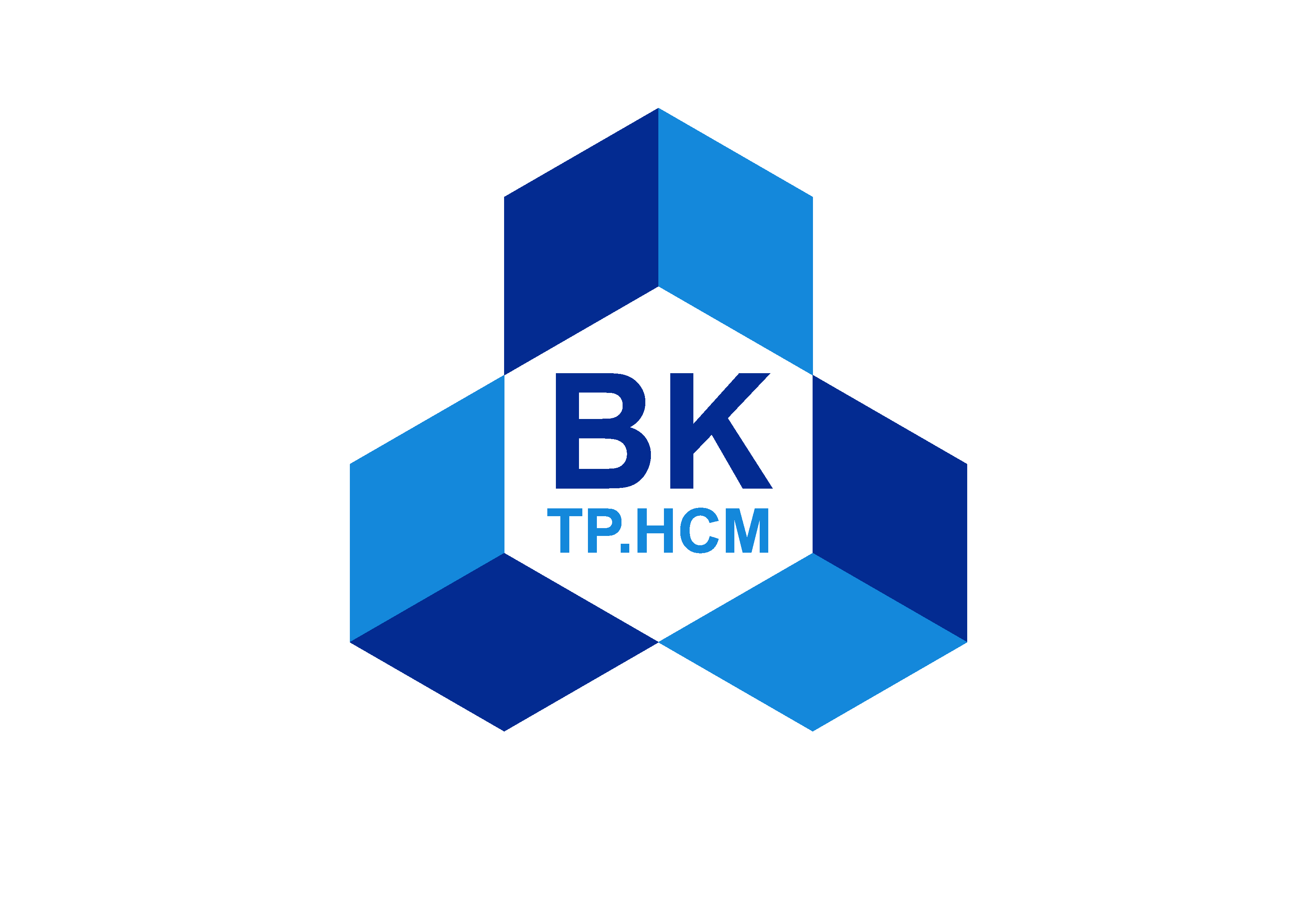Downloads
Abstract
Introduction: Typhoon-induced disasters including storm surge and high wave are obvious threats to coastal areas in Vietnam. Thus, many researchers have paid their attention to this issue. The approaching methods are varied, including statistical methods and also numerical methods. This study suggests the coupled models Delft3D-FLOW and WAVE, using the meteorological output data from the Weather Research Forecast (WRF) for investigating the typhoon induced disasters in the coastal areas in Viet Nam. Method: WRF is run in multiple domains with different grid resolutions simultaneously and there is an interaction between them to reproduce the wind field during the typhoon events. Delft3D-FLOW is coupled with Delft3D-WAVE (SWAN) through a dynamic interaction, in which the FLOW module considers the received radiation stresses calculated by the wave module. On the other side, the updated water depth including the contribution of the storm surge will be used by the WAVE module. Both Delft3D-FLOW and Delft3D-WAVE models used wind fields from the WRF simulation output as the meteorological input data. The total surge level includes the storm surge, wave-induced setup and the tidal level. Results: The case of extreme weather event Typhoon Kaemi (2000) was used to validate the wind field and the wave height. The calibration process of the the storm surge level was based on the observed data during Typhoon Xangsane (2006), while Typhoon Durian (2006) were used to validate the coupled models. The comparisons show the good agreement between simulated results and observed data, especially in terms of the peak water level and highest significant wave height, which mainly governed by the typhoon wind field. The simulated results reveal that the surge height durring Typhoon Durrian period along its path was ranged from 1.2 to more than 1.4m, which can be considered to pose the greatest risk to low-lying coastal areas of the Mekong Delta. Conclusion: The suggested coupled models can be used to investigate the impact of typhoon induced disasters.
Issue: Vol 4 No 1 (2021)
Page No.: 645-662
Published: Feb 15, 2021
Section: Research article
DOI: https://doi.org/10.32508/stdjet.v4i1.774
Download PDF = 646 times
Total = 646 times

 Open Access
Open Access 










